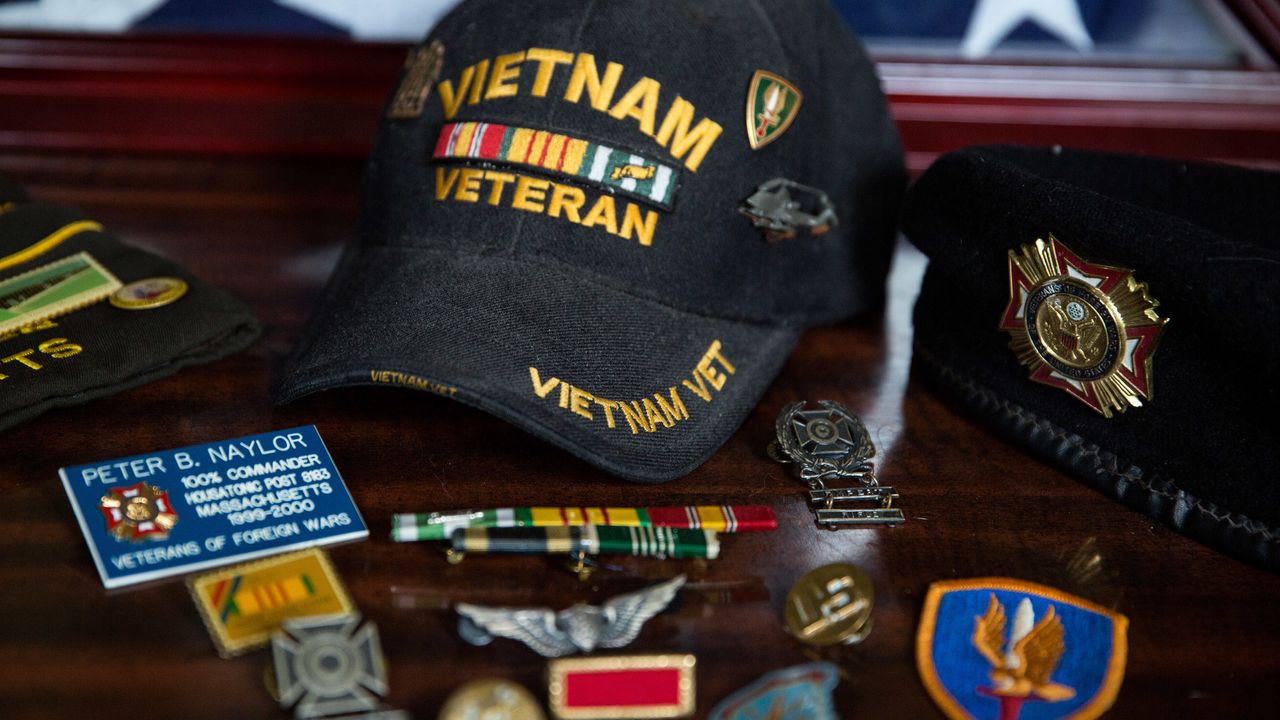HOUSATONIC, Mass. ― It’s been three years since Kate Naylor lost her husband, Pete, after his short battle with esophageal cancer.
The disease moved swiftly. Pete, a stone mason who lived in Housatonic, Massachusetts, began having difficulty swallowing in the fall of 2014. He was diagnosed just after the new year, in early January 2015. By April, he was dead at 68.
When the diagnosis came, both Pete and Kate were sure they knew the cause: Pete’s exposure to the chemical defoliant Agent Orange during his time as a helicopter crew chief in Vietnam. They quickly filed paperwork with the Department of Veterans Affairs, or VA, for disability payments. The federal agency sent its sympathies — but no money. Pete’s medical bills, Kate said, were covered by a combination of Medicare and insurance through Kate’s job.
Kate filed more paperwork a few months after her husband’s death for spousal compensation. But the VA told Kate that it was denying her claim because in the agency’s opinion, there is not enough evidence of a link between esophageal cancer and Agent Orange exposure.
The VA’s internal policies on whether to recognize a disease as related to exposure to the defoliant are based on biannual reports from the National Academy of Medicine. The academy’s 2016 report found that evidence for a link between esophageal cancer and Agent Orange is “insufficient.”
While the VA acknowledges a link between exposure to Agent Orange and cancers such as Hodgkin’s disease, multiple myeloma and non-Hodgkin’s lymphoma, it says the evidence isn’t there for esophageal cancer and 34 other diseases that Vietnam veterans have sought to have added to the list of recognized, service-related illnesses.
Kate, 66, now lives alone with her dog, Cabernet. “Cabby” was Pete’s dog, an aging black lab that happily barks and gamely bounds to the door whenever visitors drop by. Being on her own gives Kate’s quest for compensation added urgency.
She has reapplied for the spousal benefit six times in the last three years, hoping the VA will reconsider its decision. The agency can go weeks or months without replying to an appeal, while sending back paperwork with a hard and fast deadline later.
A photo of Pete hangs over Kate’s left shoulder as she sits at the kitchen table, on the red brick backsplash he built her. A pile of paperwork she’s filled in her pursuit of compensation sits before her.
“We did everything they told us to do,” she said. “Now they have to own up to their responsibility.”
Sometimes, said Kate, it feels like “they just want you to give up.”
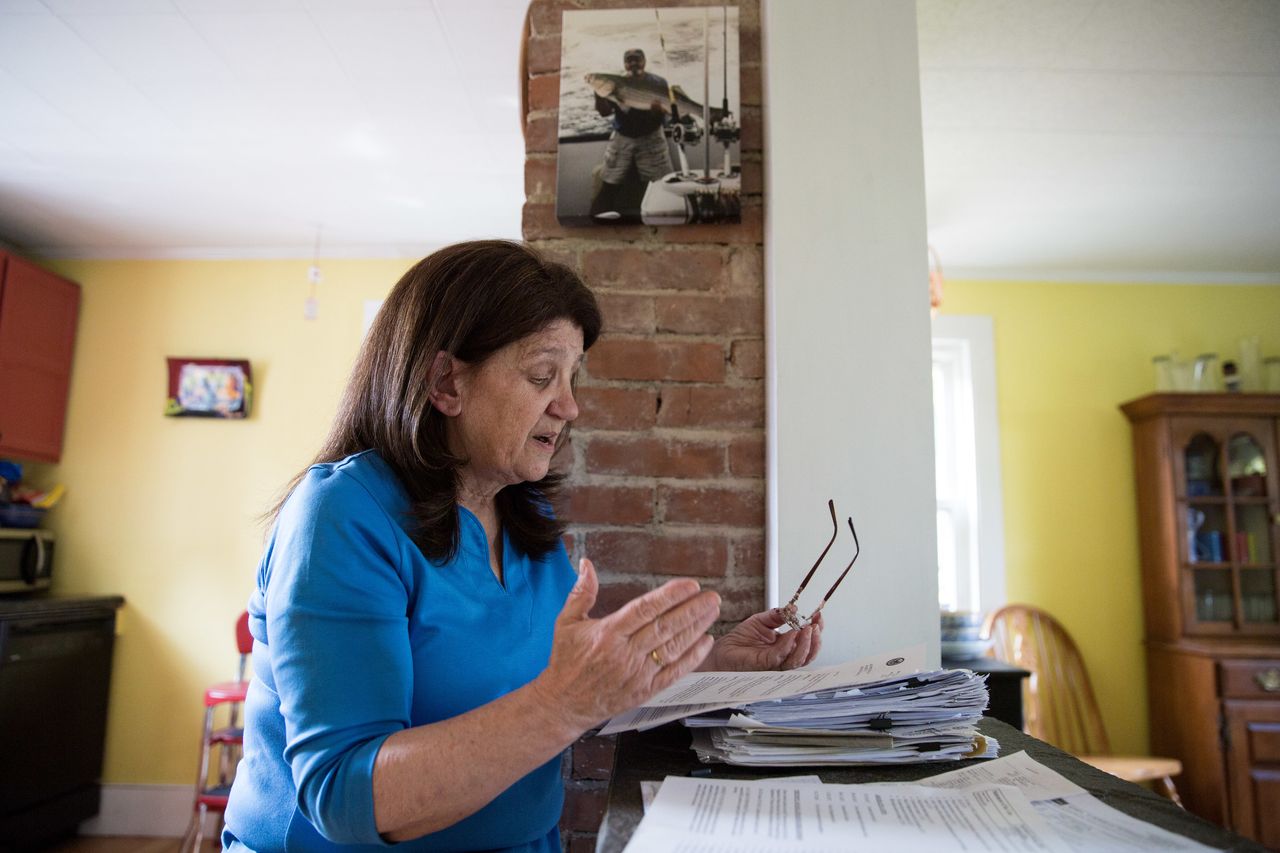
Pete Naylor was born on March 18, 1947, and enlisted in the Army in July 1968, at age 21. He served for nearly three years, including 11 months as a helicopter crew chief in Vietnam. Pete was honorably discharged on March 19, 1971.
Pete met his future wife, then Kate Kane, after returning home to Berkshire County in rural western Massachusetts. They were married on Oct. 4, 1975 and had two daughters, Meghan and Erin. Pete took up stone masonry, from which he retired in 2012.
Pete’s oncologist, Dr. Michael DeLeo, said in an amended death certificate that he believes his “extensive Agent Orange exposure” during his time in Vietnam is the only thing could have caused his cancer. A review of Pete’s service records confirms the exposure to the defoliant. And while Pete had been a smoker for 25 years ― a high risk factor for esophageal cancer ― he had quit 25 years before his death, and had “no history of alcohol use/abuse,” another risk factor.
“We did everything they told us to do. Now they have to own up to their responsibility.”
- Kate Naylor
“It is my medical oncology opinion,” DeLeo wrote, “that advanced aggressive squamous cell carcinoma esophagus was directly related to Agent Orange exposure, given lack of other significant risk factors noted.”
Other medical professionals would hesitate to make such a strong statement. Rab Cross, a doctor with the Central Western Massachusetts Veterans Health Administration, said he could not comment specifically on Naylor’s case without all the information, but cautioned against making such definitive claims on the causes of a disease.
“The medical opinions of doctors who aren’t familiar with the science of service connection may be well-intentioned,” Cross said. “But they’re not the kind of forensic medicine that’s needed here.”
DeLeo’s opinion could help Kate’s case, however. In a 2007 ruling, a VA review board found that the medical opinions of three doctors who believed another veteran’s exposure to the defoliant had caused his esophageal cancer were enough to tilt the scales in favor of recognizing his widow’s claim.
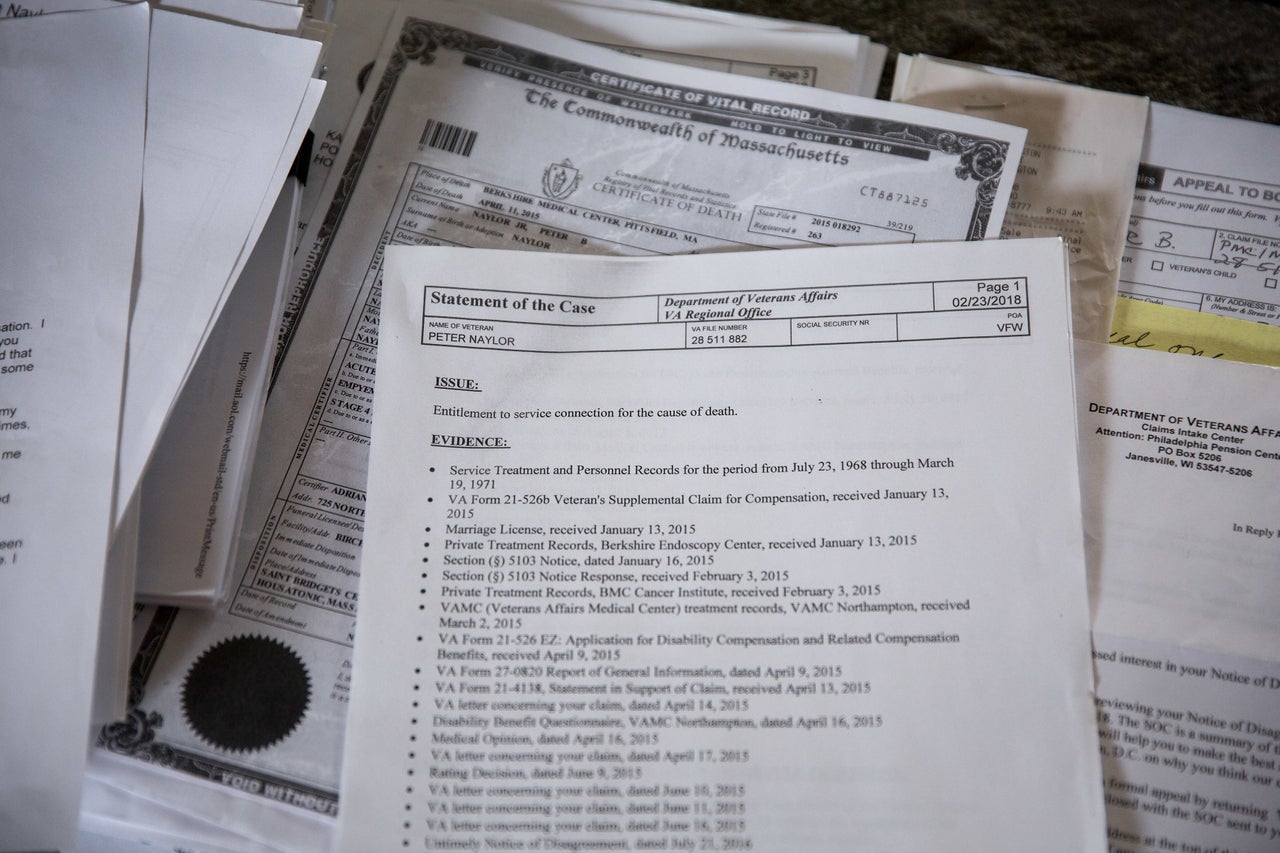
Yet, the fact that review boards have ruled in widows’ favor in the past doesn’t mean it’s a guaranteed to help current cases. Review boards are not required to consider precedent decisions, meaning there are no easy answers for people attempting to navigate the VA — the whole thing is somewhat of a crapshoot.
Many vets think the VA’s refusal to give esophageal cancer a blanket recognition is because the agency is less than enthused about the costs of adding more of them to the list.
Although the 2016 study said the link between Agent Orange exposure and esophageal cancer was “inadequate or insufficient,” the report did still acknowledge research that suggested a connection between the two. The report included information from studies published in 2013 and 2014 that focused on Korean veterans of the Vietnam War (South Korea sent around 300,000 troops to the fight alongside the United States.) The studies’ authors found that veterans with a higher rate of exposure to Agent Orange were 2.49 times more likely to develop esophageal cancer than those with lower levels of exposure.
But the academy said that, due to gaps in the rigor of the study, such as a lack of information on the test subjects’ smoking and drinking habits and their exact levels of exposure, it would not revise its interpretation of the linkage. Other new academic studies referring to esophageal cancer and chemical exposure similar to Agent Orange published in 2013 and 2014 were mentioned in the report but deemed irrelevant due to their lack of Agent Orange specificity.
The National Academy of Medicine’s 2018 report, which will rely on datasets collected up until 2016, isn’t due until this fall, said spokeswoman Dana Korsen.
The debate over whether there are definitive links between a particular type of cancer and Agent Orange exposure has been raging for decades. The Vietnam Veterans of America nonprofit has been working to expand the VA’s list of service-related illnesses for years.
It’s an uphill battle, said Maynard Kaderlik, the Minnesota-based chair of the Vietnam Veterans of America’s Agent Orange and Dioxin Committee. The legacy of the defoliant will outlast its immediate victims, said Kaderlik. A veteran of the Vietnam War, he has been working on issues relating to Agent Orange exposure since 1989.
“We have had to fight the fight for justice for what happened because of our exposure for a long time now,” said Kaderlik.
The VA’s resistance to adding diseases to the list of recognized conditions is part of a longstanding government pattern of dismissing soldiers from the Vietnam War, he added.
“In 1966 they told me, ‘We will always take care of you,’” said Kaderlik. “That hasn’t happened.”
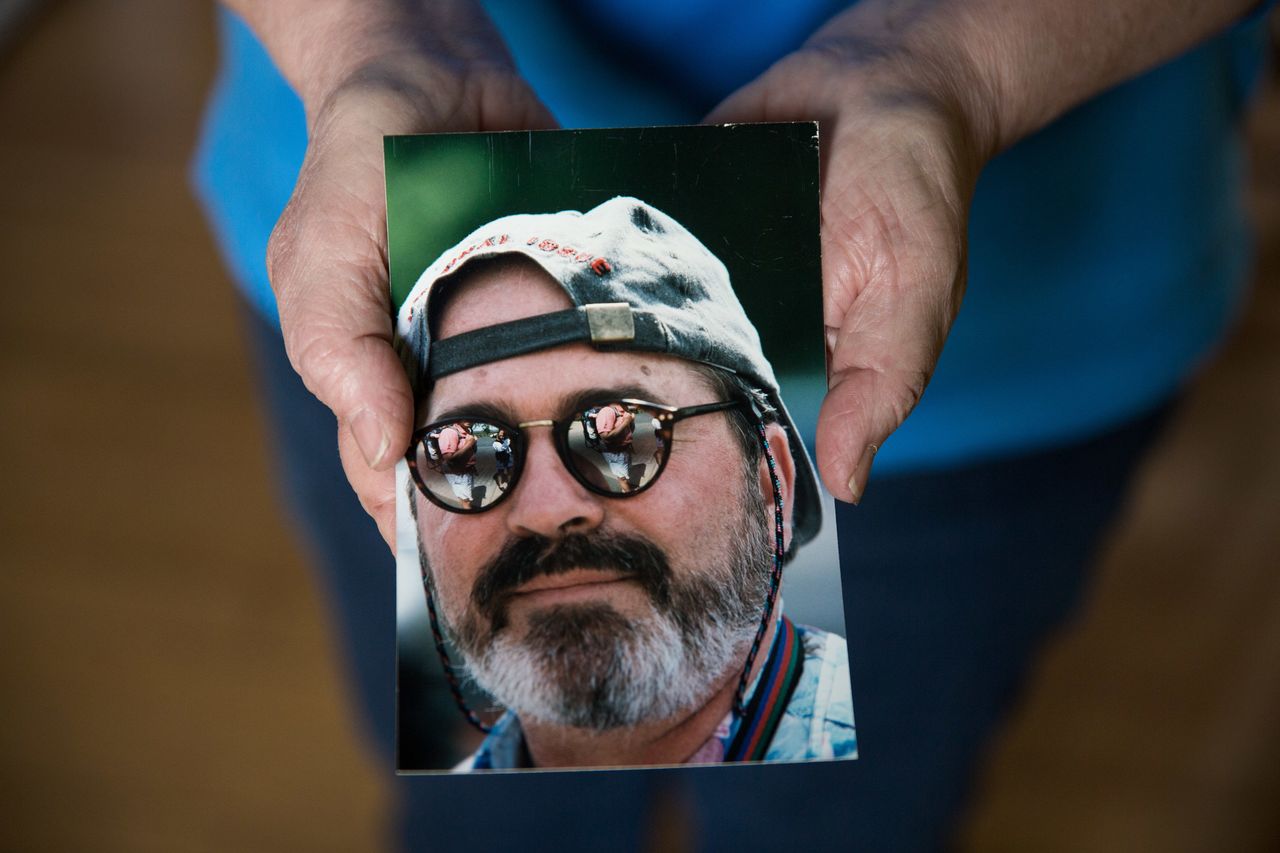
Fred Wilcox, a former professor of writing at Ithaca College and the author of two books on Agent Orange exposure, said that much of that dismissal was related to class in the years just after the war. “These were blue-collar veterans, so the VA wasn’t listening, Congress wasn’t listening,” Wilcox said.
Until the late 1980s, the federal government claimed that the connection between the defoliant and the diseases veterans were developing was questionable at best.
But then Navy Admiral Elmo Zumwalt, who had personally ordered the use of Agent Orange in Vietnam, delivered a report to the VA in 1990 arguing that the chemical was dangerous to everyone exposed to it — and that the government knew of the risks as far back as the 1960s. Zumwalt’s son, also named Elmo, died of lymphoma and Hodgkin’s disease in 1988. The admiral believed these illnesses were the result of his son’s exposure to the defoliant during his time as a patrol boat lieutenant in Vietnam from June 1969 to August 1970.
“We have had to fight the fight for justice for what happened because of our exposure for a long time now.”
- Maynard Kaderlik, Vietnam Veterans of America
In 1990, Zumwalt was then-Secretary of the VA Ed Derwinski’s special assistant. Dewinski commissioned him to research and analyze the available evidence on veterans’ service-related Agent Orange exposure and illnesses for the report.
What he found was explosive. Now known simply as the “Zumwalt report,” the document sent shockwaves through the political establishment.
“Shamefully, the deception, fraud and political interference that has characterized government-sponsored studies on the health effects of exposure to Agent Orange and/or dioxin has not escaped studies ostensibly conducted by independent reviewers,” Zumwalt wrote, “a factor that has only further compounded the erroneous conclusions reached by the government.”
The government could ignore blue-collar veterans, but an admiral was a different story. “It was quite a moment because they couldn’t question his integrity,” said Wilcox. “And what he found was that, obviously, the veterans had been telling the truth.”
Twenty-eight years later, the VA says not all the claims in the Zumwalt report held up to scientific scrutiny, but it was “an important initial step in examining relationships among military environmental exposure and illness,” said VA Public Affairs Officer Randy Noller.
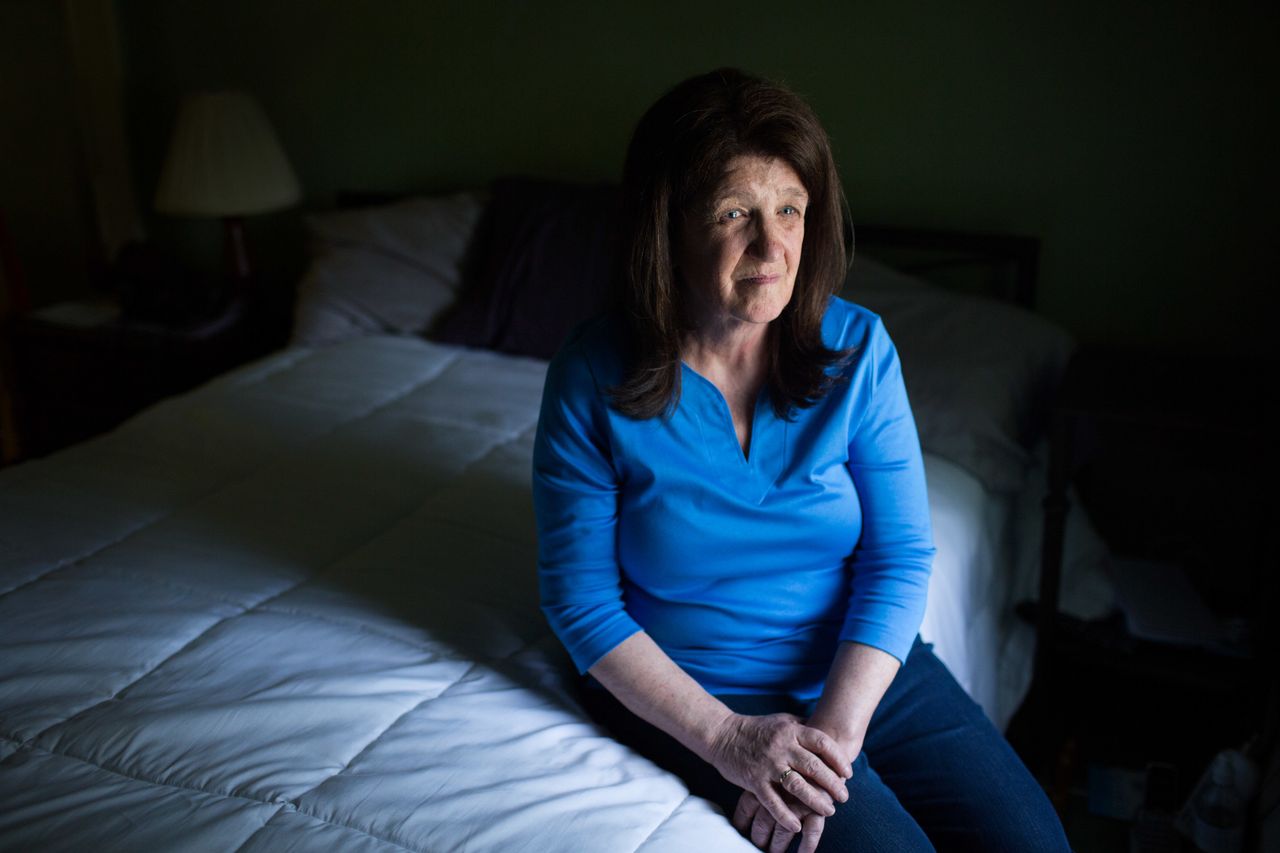
Even if the National Academy of Medicine’s forthcoming report does find definitive evidence of a link between Agent Orange and esophageal cancer, that’s no guarantee the disease will be added to the list of approved service-related illnesses.
Though the academy’s past reports have recognized 50 diseases that fall under the “limited or suggestive” evidentiary category, the VA has only approved 14. Hypertension and bladder cancer are two examples of diseases the academy listed in its 2016 report as having some research suggesting a link with service exposure, but which the VA has thus far not added.
In some cases, the resistance to adding more to the list has not been the VA but rather the Office of Management and Budget. The federal agency, known as OMB, controls the VA’s purse strings and has in the past been hostile to the idea of adding costs to the budget for veterans services. In March, now-dismissed VA Secretary David Shulkin told the Senate Veterans Affairs Committee that he had recommended adding a handful of conditions to the list in a request to OMB last fall, but the agency was still looking at data and reviewing financial estimates.
The National Veterans Legal Services Program has been working on Agent Orange cases since its founding in 1980, said Bart Stichman, the group’s executive director. In 1986, the group helped bring the case of Beverly Nehmer, the widow of a veteran who died of an Agent Orange-related disease, to court in what later became a class action suit on behalf of all Vietnam veterans.
“You served your country. There shouldn’t be a category for you to get help.”
- Maynard Kaderlik
Nehmer v. Department of Veterans Affairs, which was resolved with a consent decree in 1991, forced the VA to address its responsibilities to veterans exposed to Agent Orange. Under the terms of the decree, the VA must re-hear cases it has previously denied if the veteran’s disease is later added to the list of those officially recognized as stemming from Agent Orange exposure.
Since the Nehmer case, the VA has paid out more than $5 billion in retroactive decisions, according to Stichman. That high cost is why many veterans advocates think the government has been so resistant to adding more diseases to the list.
But VVA’s Kaderlik argues that even having a list is too restrictive. The federal agency’s reliance on bureaucracy to determine who gets taken care of is antithetical to the stated principles of the American body politic, he said.
“You served your country. There shouldn’t be a category for you to get help,” said Kaderlik. “Any man or woman that’s served who walks into the VA should be taken care of.”
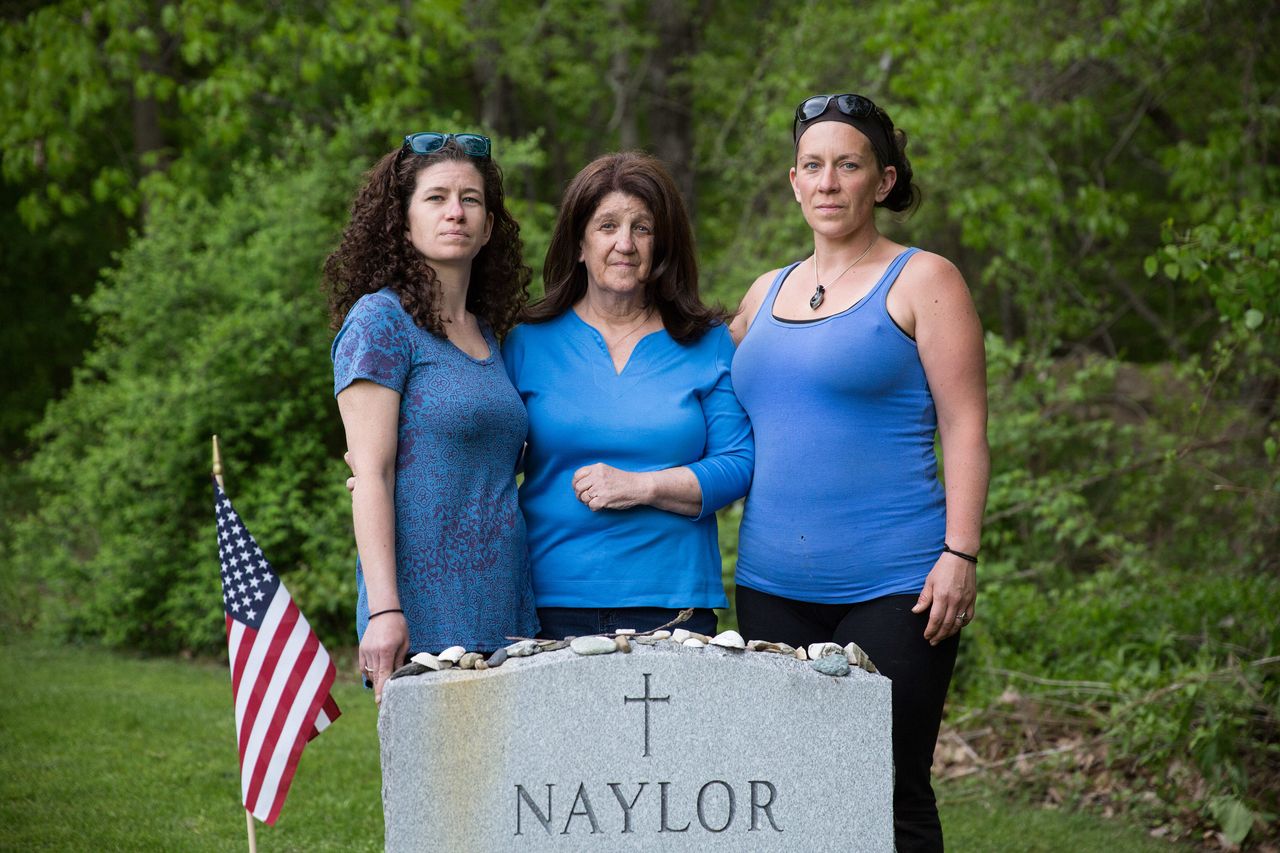
In late March, the Pittsfield Veterans Services and the local Vietnam Veterans of America chapter held an open meeting for veterans in western Massachusetts who have questions about Agent Orange exposure and navigating the VA bureaucracy.
About 40 people showed up to hear the speakers. Kate was among them, hoping get some good news at last.
But she didn’t find an easy answer. Curtis Evans, a Boston-based claims examiner with the Veterans Benefits Administration, told the crowd that taking the initiative with the VA was essential to reaping benefits if and when policy changed. But Evans didn’t offer many options for families like the Naylors stuck navigating the system.
As Kate listened to the speakers, it became clear to her that she’d have to do more than just repeatedly file appeals with the VA. After Evans spoke, she made a beeline for his table outside the auditorium. The two spoke for about 10 minutes, and Evans suggested she ask for a hearing.
In April, she did. The VA informed her that it has received her request, and she is now waiting to hear whether she will get one.
Kate believes the fight is worth continuing. She sees the research noted in the National Academy’s last report as an encouraging sign that the science may eventually come down on their side. But bureaucracy in Washington doesn’t move fast enough for most veterans and their families.
For Kate, it’s about the principle of the matter. What her husband would have wanted is for the VA to take care of those who served.
On the anniversary of Pete’s death last month, Kate and her daughters gathered at the family home. Sitting with Meghan and Erin on the back wall Pete built from stones he collected over the years, Kate reflected on the journey so far and her hope for the future.
“Before Peter died, and after Peter died, he was my first thought in the morning and my last thought at night,” said Kate, tearing up.
“It’s not that I want to be some kind of a trailblazer for this cause,” she said, “but perhaps it will help or encourage other vets and their families to pursue their claims.”
CORRECTION: A previous version of this story indicated Pete Naylor enlisted in the Army at age 19. In fact, he was 21.
